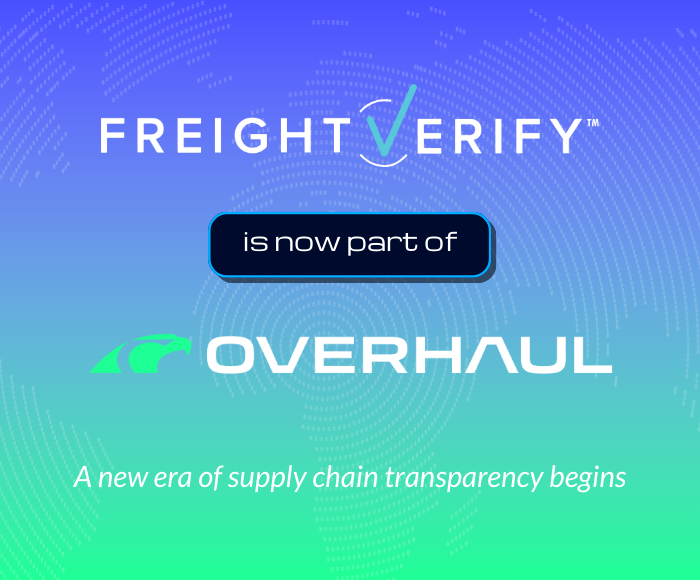Overhaul’s Shipment Manager has been part of our platform for years. Our customers use it to create, edit, and track shipments, which helps them understand every leg of their shipment journey.
We recently revamped Shipment Manager to make it even easier to use. We also added functionalities for customers trying to manage the delivery time of hundreds or thousands of shipments.
Shipment Manager is the start of a new way of using Overhaul
In 2022, Overhaul made a significant investment in our Product and UX teams. This resulted in many of the new experiences we’ve been releasing in 2023. One of the key developments we’ve made is the introduction of a new Overhaul Design System. Already, you may have seen its impact on our recently released Command Center.
With the new Overhaul Design System, Shipment Manager is able to deliver visually appealing, easy-to-understand shipment data. This allows our customers to find all the information they’re looking for through our widgets, charts, and maps.
Making shipment tracking easy
Overhaul enables shippers to track all of their shipments in a single place. This eliminates the need to check a multitude of websites to track your program. But integrating shipment data from a wide variety of disparate sources – devices, transportation companies, data aggregators, etc. – requires specific considerations.
Milestone event data and data quality
Integrating milestone event data can be complex due to variations in data formats, APIs, and data quality across different providers. Data quality can vary among carriers, which could result in inconsistencies or false positives. Compared to devices, milestone events tend to be less timely and accurate, resulting in incomplete or delayed information.
Shipment Manager implements robust data validation, cleansing, and normalization processes to identify and address these data quality issues.
For shipments with excellent data quality/coverage, Shipment Manager facilitates tracking with precision. Shipments with poor data quality/coverage display a limited set of information or indicate gaps. This approach allows shippers to aggregate all programs in a single place with full visibility and risk monitoring. Simultaneously, they’re aware of the limitations of incomplete or poor-quality data, which help shippers make informed decisions and drive continuous improvements with their vendors.
How our shipment tracking system will help you better manage your carriers
To ensure effective tracking information, customers can’t miss out on key shipment details. All elements must be easy to interpret, and it’s also important to balance carrier data with shipment performance. That’s where our Schedule and Watching capabilities come in.
“By leveraging Overhaul’s predicted ETA, we were able to develop a user interface that visually compares how well the shipment is currently tracking compared to the plan,” said Phil McCusker, Senior Product Manager who led the initiative from the Product side. “This allowed shippers to instantly understand the health of their shipment from an on-time-performance perspective. It also allowed them to identify issues and escalate with carriers using the contact points provided.”
The development of Shipment Manager involved an iterative design process that included aspects of Design Thinking, rapid prototyping, and iteration. Through interviews, surveys, desk research and observations, we gained insights into user needs and challenges. Based on this understanding, we ideated solutions that we envisioned would address their needs effectively. We then tested our prototype designs to ensure the features met user expectations.
This feature took multiple rounds of testing with customers and external users to get right. We remain very interested in your feedback as you gain access to the new version of the application. Stay tuned for even more updates, and reach out to us today to see how we can help you start tracking your shipments.






